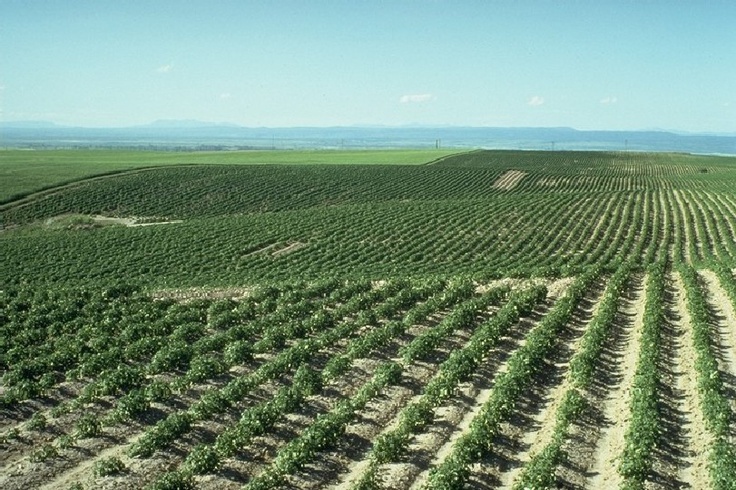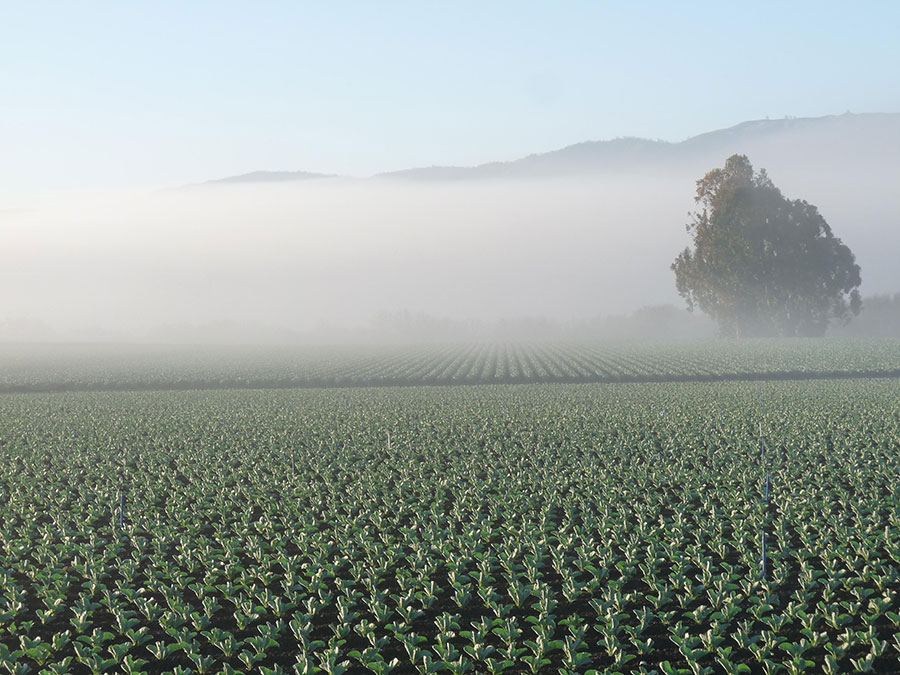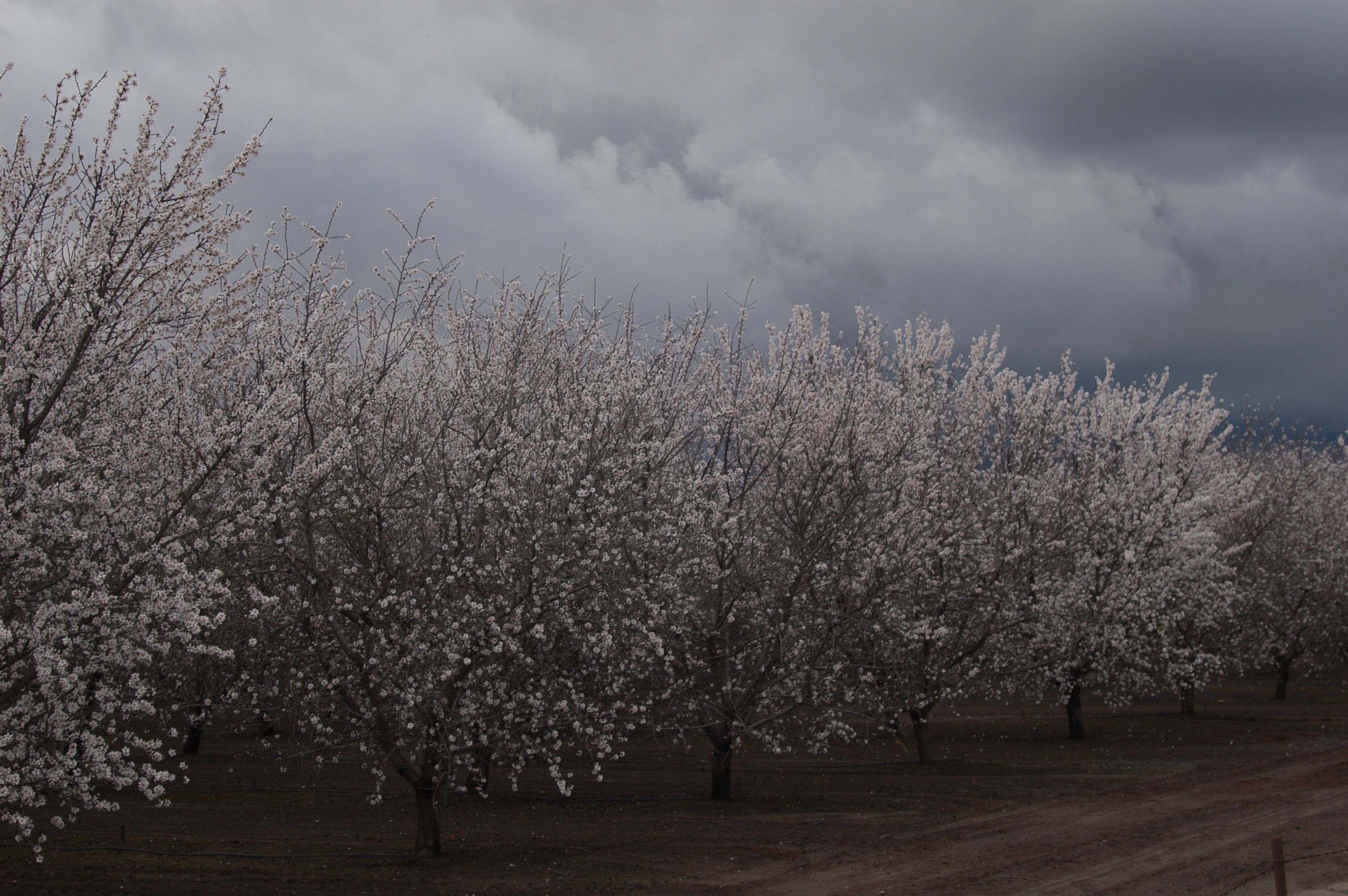GRAY ALLEN RECEIVES CALIFORNIA CULTIVATOR AWARD

Gray Allen, left, receiving the award from Rich Hudgins, Chair of Ag Council and President and CEO of the California Canning Peach Association.
The Agricultural Council of California (Ag Council) held a joint meeting with CoBank last week where more than 160 farmer cooperative leaders and members met in Huntington Beach, Calif.
A highlight of the Ag Council’s 95th Annual Meeting was the presentation of the prestigious 2014 California Cultivator Award (formerly the Cooperative Leader Award) to Gray Allen, a public relations consultant who has dedicated his career to cooperatives, and more recently has been serving as a member of the Placer County Water Agency.
“Gray’s lifelong dedication to promoting and advancing the cooperative business model through his public relations work for first, Ag Council, then with California Canners and Growers, and now as a consultant to our coop makes him an ideal candidate for this award,” said Susan Brauner who nominated Allen for the Cultivator Award and serves as director of public affairs for Blue Diamond Growers. “He has been working tirelessly as an advocate for coops and farmer-owned businesses for 55 years, and continues to do so to the present day.”
Raised in New Orleans and educated in North Carolina and Arizona, Allen began his career in public relations in 1959, working with agricultural cooperatives in North Carolina and Arizona before moving to Sacramento in 1966 to accept a position with the Agricultural Council of California. From 1973 to 1983, he worked with California Canners and Growers, and from 1983 to 1989, with National Semiconductor Corporation in Santa Clara. In 1989, he started his consulting business based in Roseville, Calif.
“I am humbled to be receiving this award,” said Allen after being presented with the Cultivator Award by Rich Hudgins, current chairman of Ag Council and president and CEO of the California Canning Peach Association. “Farmers working together cooperatively to ensure their economic well-being has been a leading factor in the remarkable success of the American food industry. I am awed by what has been achieved and humbled by having witnessed it up close and personal.”
Since 1993, Ag Council has given this prestigious award to individuals who have served the agricultural cooperative industry with steadfast commitment and loyalty. Historically, award winners have been lifetime servants to cooperatives, either as growers or in management.
In recent years, Ag Council has opened the selection process to include more contemporary achievements. This special award is given to individuals who clearly have made significant contributions to agricultural cooperatives, or have demonstrated leadership and personal commitment to the industry. These contributions can be in areas such as proven leadership and dedication, innovation and/or environmental stewardship.






















